Buying Guide for the Best Wrist Supports
Choosing the right wrist support can make a significant difference in your comfort and recovery, whether you're dealing with an injury, managing a chronic condition, or looking for extra support during physical activities. The key is to understand your specific needs and how different features of wrist supports can address them. Here are some important specifications to consider when selecting wrist supports.MaterialThe material of wrist supports is crucial because it affects comfort, breathability, and durability. Common materials include neoprene, elastic fabric, and rigid plastic. Neoprene is flexible and provides good support while being breathable, making it suitable for everyday use and mild injuries. Elastic fabric is lightweight and offers moderate support, ideal for light activities and mild discomfort. Rigid plastic provides maximum support and immobilization, perfect for severe injuries or post-surgery recovery. Choose a material based on your comfort preference and the level of support you need.
AdjustabilityAdjustability refers to how easily you can modify the fit of the wrist support. This is important for ensuring a snug fit that provides adequate support without being too tight or too loose. Wrist supports with Velcro straps or laces offer customizable fit, making them suitable for varying levels of swelling or changes in wrist size throughout the day. Fixed-size supports may be less flexible but can provide consistent support. If you need to adjust the fit frequently or have fluctuating wrist size, opt for adjustable supports.
Support LevelSupport level indicates how much stabilization the wrist support provides. Light support is suitable for minor strains or preventive measures during activities like typing or light sports. Moderate support is ideal for more significant discomfort or mild injuries, offering a balance between flexibility and stabilization. Maximum support is necessary for severe injuries, post-surgery recovery, or conditions requiring immobilization. Assess your condition and activity level to determine the appropriate support level.
SizeSize is essential for ensuring the wrist support fits correctly and provides the intended benefits. Wrist supports typically come in various sizes, often based on wrist circumference. Measure your wrist and refer to the sizing chart provided by the manufacturer to find the best fit. A properly sized wrist support will be comfortable and effective, while an incorrect size can lead to discomfort or inadequate support. Always check the sizing guidelines and choose accordingly.
BreathabilityBreathability refers to how well the wrist support allows air to circulate, preventing sweat buildup and skin irritation. Breathable materials like mesh or perforated neoprene are ideal for extended wear or use during physical activities, as they keep the skin dry and comfortable. Less breathable materials may be suitable for short-term use or situations where maximum support is needed. Consider your activity level and how long you'll be wearing the support to determine the importance of breathability.
Ease of UseEase of use is about how simple it is to put on and take off the wrist support. This is important for convenience, especially if you need to wear it frequently or have limited dexterity. Supports with simple Velcro straps or slip-on designs are generally easier to use, while more complex designs with multiple straps or laces may offer better customization but can be more challenging to manage. Choose a design that matches your dexterity and frequency of use.
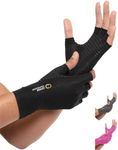
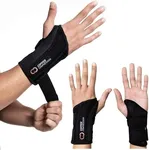
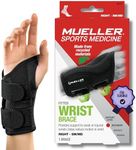
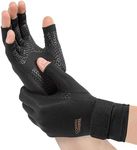




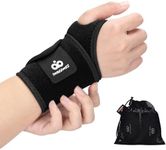



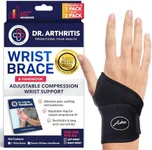
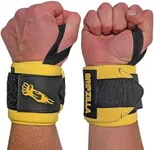
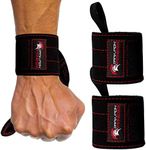
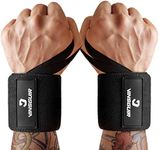
![Doctor Developed Premium Carpal Tunnel Night Wrist Brace & Support [Single] (with Splint) & Doctor Written Handbook - Fully Adjustable with Comfort Padding & Shaping (Pink)](https://images-proxy.bestreviews.guide/-FGND7SZR41QuU-qLitcomV19Bk=/0x150/https://m.media-amazon.com/images/I/51mQrHhC+lL._AC_CX679_.jpg)



